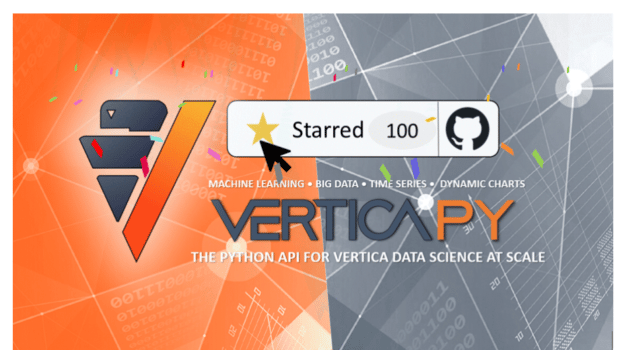
Freedom! Richard Stallman and the GNU Manifesto
But the “free software movement” did not give up. One of the most iconic leaders in the open source movement was Richard M Stallman, known as RMS. In 1985, he published “The GNU Manifesto,” a call to arms for programmers to join the freedom movement, and he launched the Free Software Foundation, encouraging donations to support the work in which he believed so passionately. He was a believer in collaboration, innovation, and the importance of freedom. He was fighting against the vendors who, at the time, bundled hardware and software and built walls around the products that they sold. Sound familiar? This was in the late 1980s and early 1990s, the age of the Enterprise Data Warehouse appliance.Free Accessibility, Not Price
However, even RMS himself realized that the phrase “free software movement” was causing confusion. A very important quote from Stallman has somehow been forgotten – “software is meant to be free but in terms of accessibility and not price.” In 1998, the leading lights ofthe free software world gathered in Palo Alto to discuss an alternative term, which is how “open source software” was born. But like many words or terms that become associated with a concept, the concept of “free” never really left the open source world.Making Millions and Billions on “Free” Software
Fast forward to today, where we have companies that generate millions (and billions) of dollars in revenue from “free open source software.” Cloudera (prior to the merger with Hortonworks) reported revenue of nearly $500M, and touted 601 customers who are spending greater than $100,000 in annual recurring revenue. Since the merger, the new Cloudera projects revenue of $750M and more than 1000 customers. But wait? Isn’t Cloudera a company that provides FREE open source software? Why are customers paying $100K each year if the software is free?While open source software is at the foundation of Cloudera and Hortonworks, corporations need more. They need training, they need documentation, and they need support, all of which comes at a cost. They also pay for proprietary layers of software that are developed to enhance the open source code and to make it more manageable and more reliable. For example, Cloudera customers have long relied on the proprietary Cloudera Manager software to manage their CDH clusters, because management of Hadoop isn’t easy. Interestingly, companies like Cloudera also partner with companies like Oracle and Dell, who build proprietary Hadoop appliances to “simplify” the deployment for customers. This is yet another lesson that history will always repeat itself, especially when capitalism is at the core of the global economy.
True Freedom through Extensibility and an Expanding Ecosystem
Supporting innovation, encouraging collaboration, and prioritizing an open and continuously expanding ecosystem are the actions that meet the true goals of the original “free software movement.” Open borders (known as APIs, UDXs, UDFs) are the gates to what RMS and the “free software movement” sought to achieve. Bundled appliances, today called integrated cloud analytics stacks, or managed services that demand all data to be loaded into a single proprietary platform controlled by a single vendor, are the antithesis of the “free software movement.”Vertica is not open source software. But Vertica is built for freedom – freedom from underlying infrastructure, freedom from tightly controlled closed ecosystem integration, freedom from the demand to centralize the location of all the data, and, most importantly, freedom from vendor lock in. Vertica provides the training, the documentation, and the support that customers need and Vertica is built by a cohesive and talented group of engineers who partner with some of the world’s most data-driven organizations to continuously innovate and improve the Vertica Analytics Platform.
Vertica Supports and Contributes to Open Source
One of my favorite examples is the new open source Python database client for Vertica created by Uber Technologies Inc., which is now an officially supported database client for Vertica. As Tom Wall, one of our R&D leads, recently wrote in a blog post, “This is a great milestone for Vertica and our community of users and developers. Not only do we expect to build a better Python ecosystem for Vertica with this project, but we also aim to open up Vertica’s protocol to the world to make for more interesting integrations and connectivity to Vertica from any programming environment.” Coupled with Vertica’s ability to read and write open source ORC and Parquet file formats, integration with open source Kafka for streaming data, our ability to deploy Vertica natively on all distributions of Hadoop to help our customers get the most out of their open source investments, and so much more, Vertica is a shining example of software that values innovation, collaboration, and an open ecosystem.Let’s honor one of the most important warriors in the war against vendor lock-in, Richard M. Stallman, by remembering this very important quote “Free software is a matter of freedom, not price.”
Learn more about Vertica Open Source Innovation Learn more about the open source Vertica-Python interface.






